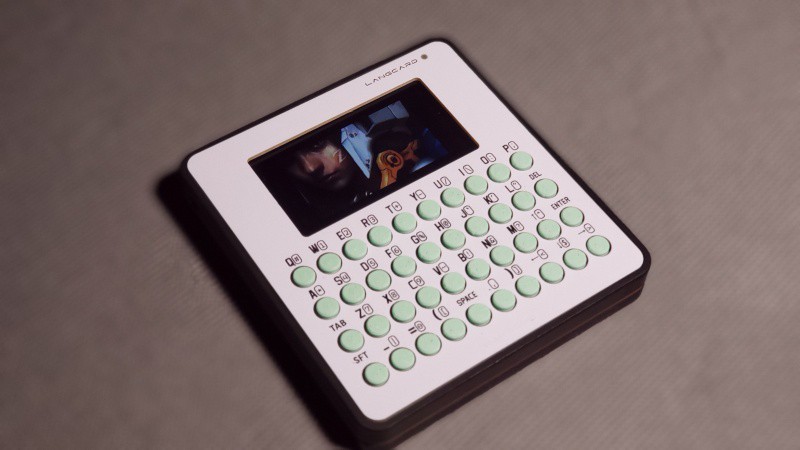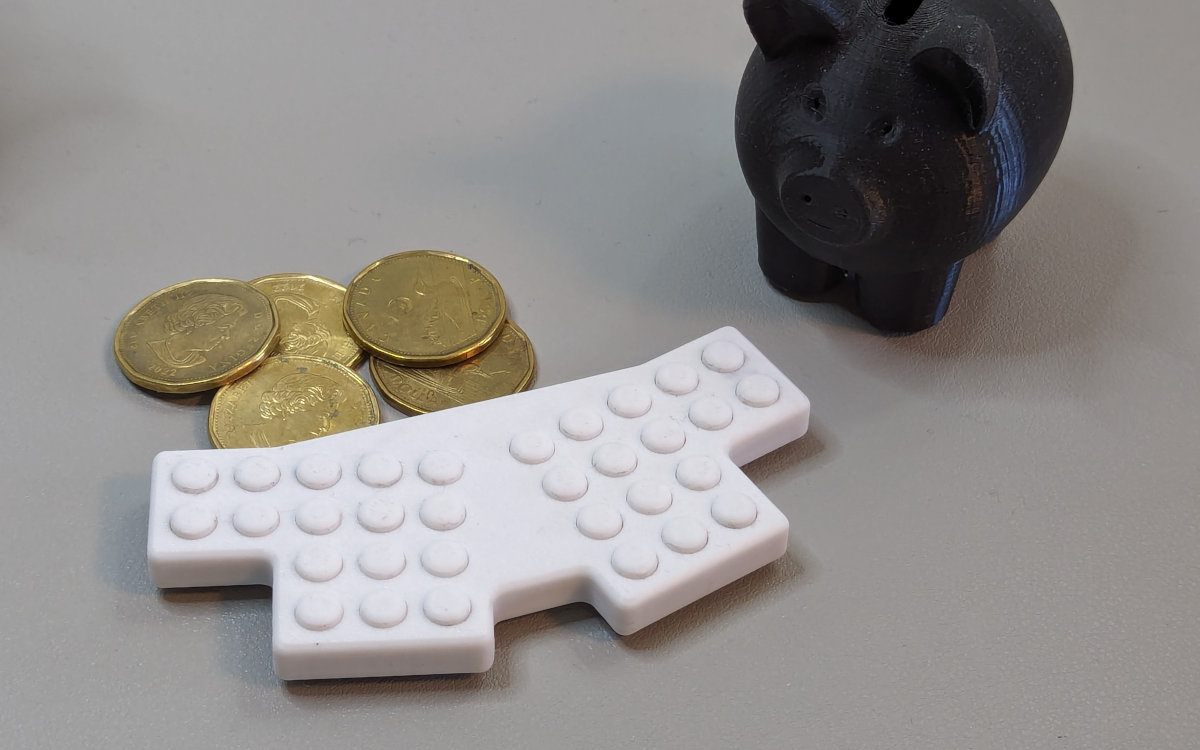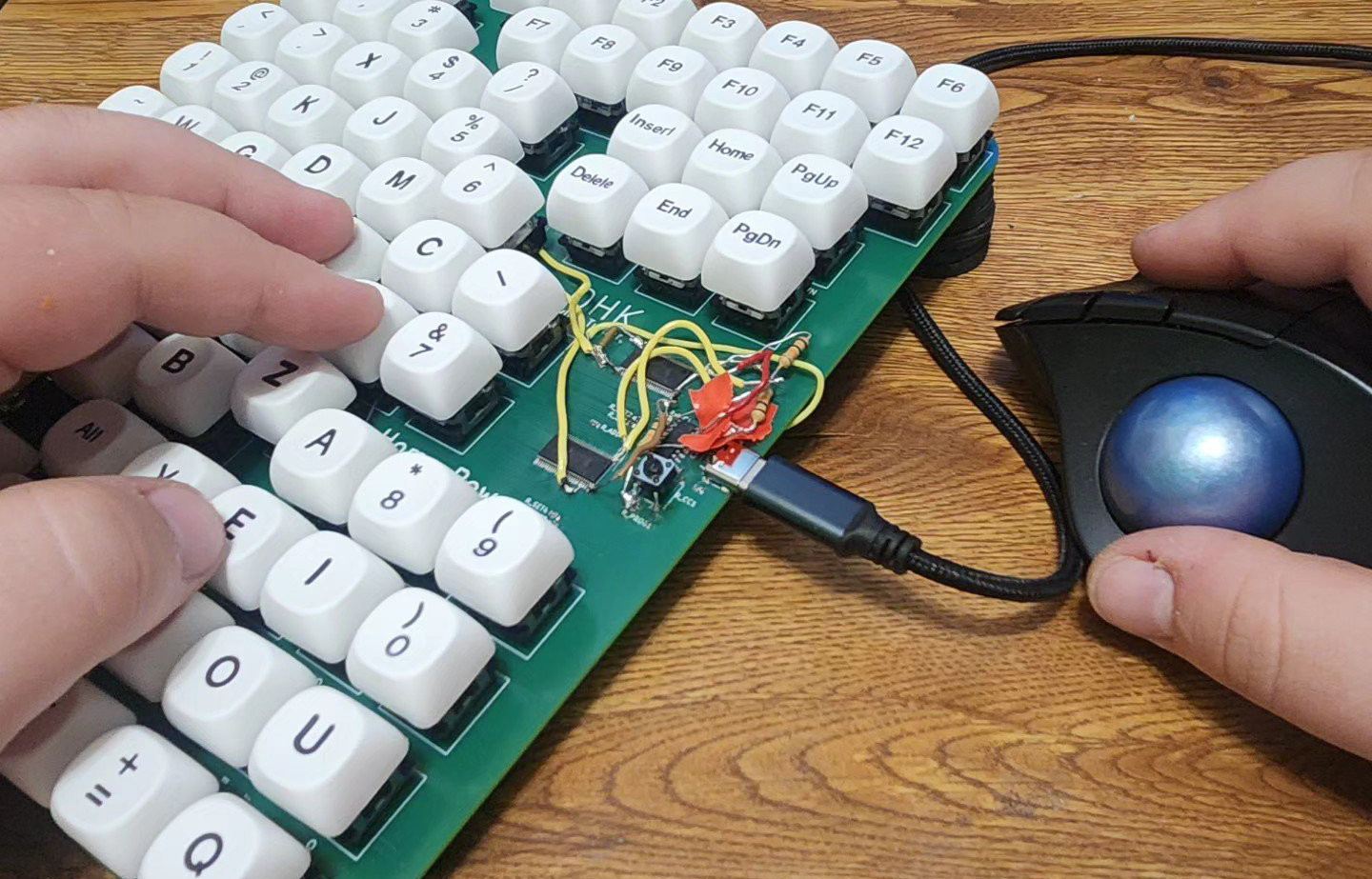Keebin’ with Kristina: the One with the Tasty Snacks Board [Hackaday]


[MakerM0]’s LangCard is an entry into our 2024 Business Card Challenge that just so happens to fit the Keebin’ bill as well.
You might label this a pocket cyberdeck, and that’s just fine with me. The idea here is to have a full-keyboard development board for learning programming languages like CircuitPython, MicroPython, C++, and so on, wherever [MakerM0] happens to be at a given moment.
Open up the LangCard and you’ll find an RP2040 and a slim LiPo battery. I’m not sure what display that is, but there are probably a few that would work just fine were you to make one of these fun learning devices for yourself.
Calling All Tiny Keyboard Makers!

It seems that [sporewoh], who has been featured here before for building magnificent tiny keyboards, is holding a tiny keyboard design contest, which is being sponsored by PCBWay.
All the rules and such are available over on GitHub. Basically, you need to create a new design, publish the open-source design somewhere along with the source files, and, ideally, build a functional prototype. Entries are made official by sharing in the appropriate channel of [sporewoh]’s Discord.
Entries will be scored on novelty and innovation, size/portability, viability, reproducibility, and presentation. Submissions aren’t due until September 10th, so you have a bit of time to really think about what you’re going to do. The prizes include PCBWay credits as well as kits designed by [sporewoh]. How small can you go and still be able to type at least 20 WPM? That’s a requirement, by the way.
The Centerfold: It’s a Tasty Snacks Board
Here is quite an interesting bit of history as it relates to China’s ability to survive the ravages of time, which pivots on their use of character-based script.
The story begins with a talk that took place decades ago, and follows the path of one audience member who came to change the course of Chinese keyboard history — a Taiwanese cadet named Chan-hui Yeh.
After graduating with a B.S. in electrical engineering, Yeh went on to earn an M.S. in nuclear engineering and a Ph.D. in electrical engineering. He then joined IBM, although it wasn’t to revolutionize Chinese text technologies; he was helping to develop computational simulations for large-scale manufacturing plants. But the talk stuck with him.
Yeh eventually quit his job and developed the IPX keyboard, which had 160 main keys with 15 characters each. A daughter keyboard was used to choose the character on a given key, and there were nearly 120 levels of “Shift” to change all the 160 keys’ character assignments.
See that picture with the spiral-bound book? The 160 keys are underneath the book, and the user presses the pages to access the pressure pads beneath. The booklets had up to eight pages, each with 2,400 characters. The total number of potential symbols was just under 20,000.
The IPX keyboard is just the first of three interesting inputs described within this history. You owe it to yourself to devote time to reading this one.
Thanks to [juju] for sending this in!
ICYMI: One-Handed Keyboard Does It Without Chording

Usually when we talk about operating an entire keyboard with one hand and leaving the other free for mousing or holding a beer, chording — pressing multiple keys at once like on a piano — is very much on the table. Keyboards like the Infogrip BAT come to mind.
But that isn’t always the case. Take for example the one-handed PCD Maltron, which I think must have inspired [Dylan Turner]’s one-handed keyboard.
[Dylan]’s design puts 75 keys in close reach of one hand’s worth of fingers, and doesn’t let the thumb off easy like on a standard keyboard. All the Function keys are there, and the arrow keys are in a familiar layout. There is even an Insert/Delete cluster. Everything is up on GitHub if you want to make your own.
Got a hot tip that has like, anything to do with keyboards? Help me out by sending in a link or two. Don’t want all the Hackaday scribes to see it? Feel free to email me directly.

![keebin’-with-kristina:-the-one-with-the-tasty-snacks-board-[hackaday]](https://i0.wp.com/upmytech.com/wp-content/uploads/2024/07/192956-keebin-with-kristina-the-one-with-the-tasty-snacks-board-hackaday-scaled.jpg?resize=800%2C445&ssl=1)
